Tomba55
Click here to upgrade
- Last seen
- Joined
- Jul 9, 2023
- Thunderbird Year
- 1957
Follow along with the video below to see how to install our site as a web app on your home screen.

Note: This feature currently requires accessing the site using the built-in Safari browser.

Please
sign in or
join the Thunderbird
club free to access the search page and many other free site features.
If you forgot your password
click here
This site contains affiliate links for which I may be compensated. As an eBay Partner, and Amazon Associate I may be compensated if you make a purchase at no cost to you.
Sorry, should have noted. I did have another car running in the background.Is your car running? Couldn’t tell if it was back round of another car or your 57. If your car is running then it sounds like the starter gear not fully disengaging if your car is not running then sounds like your starter is not fully engaging which could be starter or missing teeth on fly wheel
The starter motor bendix can be retracted using the wire wheel on a bench grinder.If after trying what Tom A. said it still makes that noise try rotating the engine by hand a bit to move to a different set of teeth on the flywheel and try again. if it's bad flywheel teeth the engine should try to rotate. If not then it could be a bad starter motor, or the starter bendix gear is worn or stuck requiring starter removal. I have had a bendix gear extend and would not retract which was caused by a pins in the gear that keeps the gear extended during start until the flywheel spins the gear to unlock it. Unfortunately the starter motor doesn't have the initial torque to rotate the engine without the "spin up" required to drive the bendix forward. The pins can be manually released.
Just Google "how to release a stuck bendix gear on a ford starter"
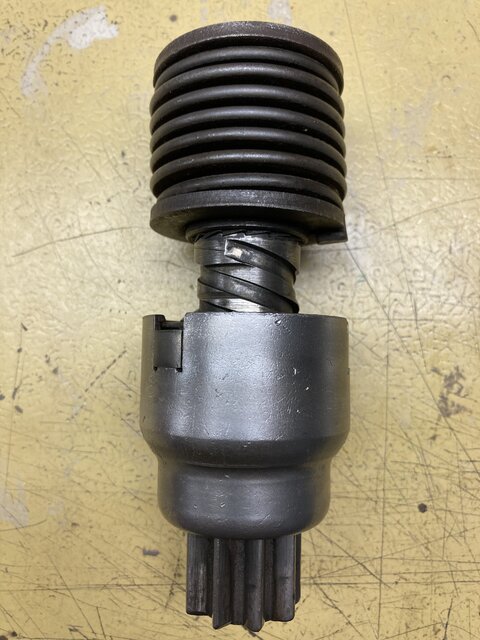
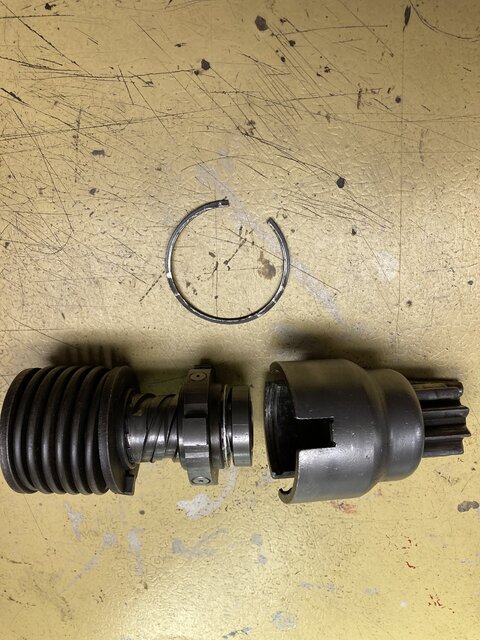
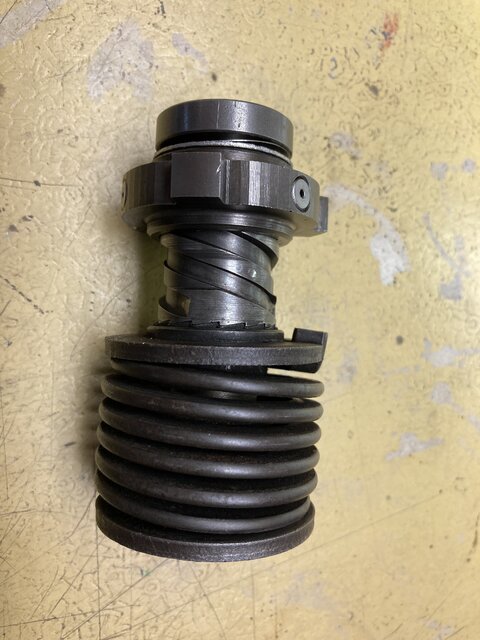
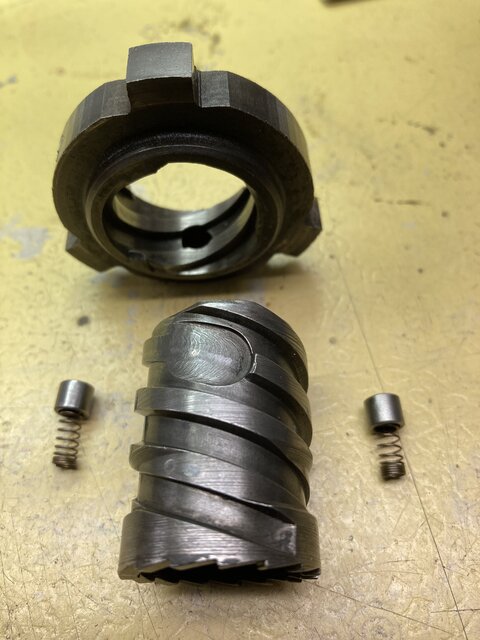
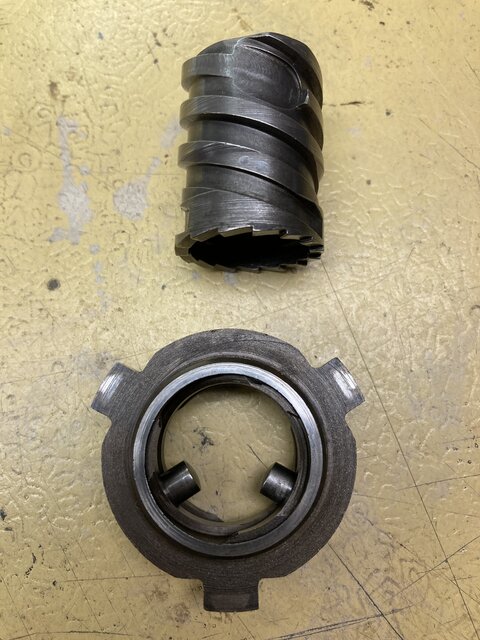
Fully agree - you have a nearly dead battery.A battery at 10.8 Volts is DEAD! It has to show at least 12.4 volts to crank an engine. Use a good battery, not a dead battery.
